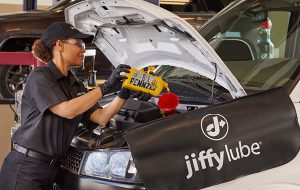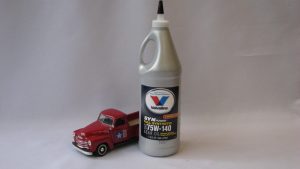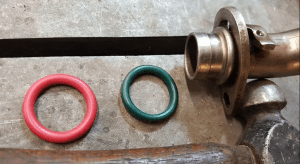Top Chevy 5.3 Oil Pickup Tube O-Ring Symptoms and Solutions Sep 2023
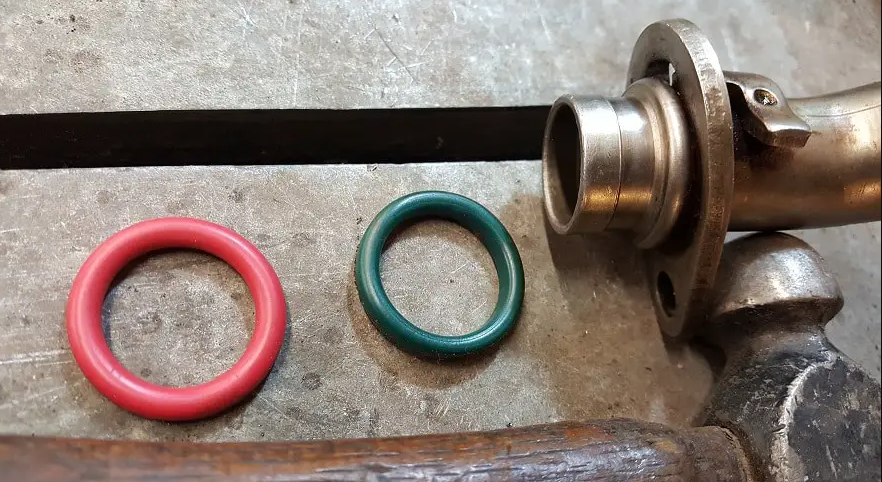
The Chevy 5.3 engine is one of the automotive industry’s most distinguished names. Serving as the heartbeat of numerous vehicles, it combines power with efficiency. However, like any machine, it has components that can wear and malfunction over time. One such component is the oil pickup tube, and understanding the 5.3 Oil Pickup Tube O-Ring Symptoms is crucial for maintaining engine health.
Unveiling the 5.3 Oil Pickup Tube O-Ring’s Crucial Role
The oil pickup tube plays a pivotal role in ensuring the engine remains lubricated, preventing metal-on-metal friction, and subsequent wear and tear. The o-ring, although small, is instrumental in this function. A malfunctioning o-ring can give rise to several issues, notably the 5.3 Oil Pickup Tube O-Ring Symptoms that every Chevy owner should be familiar with.
You can read more about: How to Get the Best Lexus Oil Change Jiffy Lube Service
Recognizing the 5.3 Oil Pickup Tube O-Ring Symptoms
i) Inconsistent Oil Pressure:
Engines rely heavily on consistent oil circulation. If the o-ring is malfunctioning, it can cause uneven oil pressure within the system. This fluctuation might lead to erratic oil pressure readings. Many drivers have reported dash warnings, especially those indicating low oil pressure. Such warnings, when investigated, often point towards issues with the oil pickup tube’s o-ring.
ii) Distinct Engine Noises:
Engines are designed to operate smoothly, and any deviation from their regular hum is a cause for concern. If you start to hear tapping or knocking sounds, particularly when you start the car or during acceleration, it suggests possible internal engine issues. Such anomalies in sound might indicate the engine isn’t receiving adequate lubrication, possibly due to 5.3 Oil Pickup Tube O-Ring Symptoms.
iii) Engine Performance Decline:
When the engine isn’t lubricated properly, it doesn’t perform at its peak. This underperformance can manifest as reduced power output, occasional stalling, or even inconsistent accelerations. Such performance issues often root back to the lubrication system, and in many instances, to the oil pickup tube’s o-ring.
iv) Oil Leakage:
Oil leaks are a tell-tale sign of something amiss. If you start spotting dark oil spots right above the oil filter or even beneath your vehicle, it could indicate wear and tear in the o-ring or adjoining components. A compromised o-ring might not seal the system properly, leading to these leaks.
v) Overheating of Engine:
Engines have optimal operating temperatures, and any consistent deviation is alarming. If your engine tends to heat up more than usual or if you find yourself frequently topping up the coolant, it’s essential to investigate. In some cases, improper lubrication due to issues with the oil pickup system might be the culprit. And overheating isn’t just a minor inconvenience; prolonged overheating can lead to significant engine damage.
vi) Activation of Check Engine Light:
Our modern vehicles are smart. The On-Board Diagnostics (OBD) system actively monitors various vehicle metrics, including those related to engine health. If it picks up inconsistencies, especially related to oil pressure or lubrication, it might trigger the check engine light. It’s also worth noting that specific alerts, such as those pointing towards an oil pressure sensor leak, can be interconnected and should be promptly addressed.
Delving into Common 5.3 Engine Oil Leaks
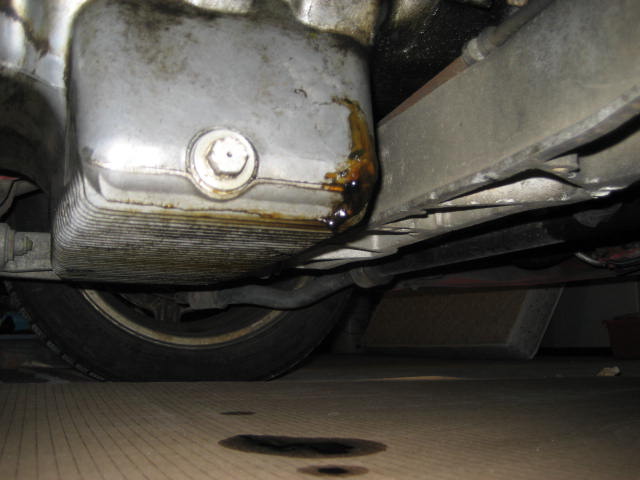
Chevy 5.3 engines, although robust, have had their share of issues, like any other engine. 5.3 common oil leaks are among the most reported problems. In particular, the 2008 Chevy Silverado oil leaks have been a topic of discussion among many automobile enthusiasts. Understanding these leaks and their origins can help in preventive maintenance.
Diagnostic Steps and Addressing 5.3 Oil Pickup Tube O-Ring Symptoms
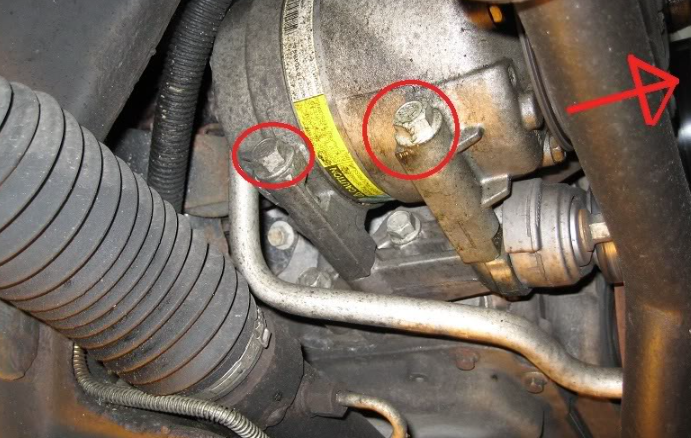
1. Visual Inspection:
Before diving deep into advanced diagnostics, sometimes a simple visual inspection can reveal a lot. Checking the oil pickup tube and the area around it for noticeable wear, damage, or leakage can provide initial clues.
2. Oil Pressure Test:
Using a professional oil pressure tester can help in getting accurate readings. A significantly lower oil pressure than the manufacturer’s recommended range could indicate a malfunctioning o-ring or related issues.
3. Sound Analysis:
High-tech automotive diagnostic tools can pick up and analyze the subtle noises from the engine, helping to pinpoint their source. Such tools can help in confirming if the unusual sounds are indeed arising due to issues related to the o-ring.
4. Leak Detection:
Fluorescent dye can be added to the engine oil, which when circulated, can highlight the areas of leakage under UV light. This is especially useful in tracing less obvious leaks.
5. OBD Scans:
The On-Board Diagnostics (OBD) system in modern vehicles can provide a plethora of information. Using an OBD scanner, you can retrieve codes related to oil pressure or other engine anomalies which might point towards the oil pickup tube o-ring or associated components.
6. Understanding Related Issues:
It’s essential to have a holistic understanding. For instance, the 5.3 rear main seal leak symptoms might seem unrelated but can be consequential to a compromised o-ring. Recognizing interlinked issues can help in devising a comprehensive solution.
7. Addressing the Symptoms:
Once the problem is identified, it’s time to take corrective measures. For those who are mechanically inclined, there are DIY repair kits and tutorials available. However, given the intricacies involved and the potential impact on the engine’s performance, seeking professional assistance is often recommended.
8. Regular Maintenance:
Prevention is always better than cure. Regular maintenance checks, including periodic inspections of the o-ring, can help in early detection and rectification of any issues, ensuring the engine’s longevity and optimal performance.
Conclusion
Recognizing and addressing the 5.3 Oil Pickup Tube O-Ring Symptoms is not just about vehicle maintenance; it’s about ensuring safety and efficiency. A well-maintained engine not only performs better but also ensures peace of mind for its owner.
